This is a question that sparks many debates. The answer isn’t as straightforward as one might think. Rather than a simple either-or decision, it is more prudent to consider which method of focus best suits the given conditions.
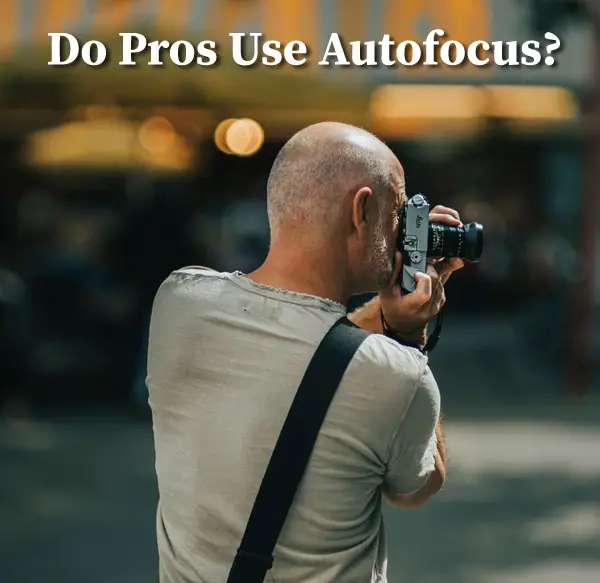
In fact, both autofocus and manual focus have their own unique strengths and weaknesses. They serve different purposes depending on various factors such as subject movement, lighting conditions, and desired depth of field.
Generally speaking you’ll find that professional photographers often employ both techniques based on their specific needs at any given moment. Let’s explain.
The Evolution of Focus in Photography
Photography’s journey has been marked by significant advancements, with focus techniques playing a crucial role. In the beginning, photographers relied on manual focus lenses to capture sharp images – an approach that demanded both skill and patience but offered unparalleled control over the depth of field.
Innovation came knocking when Polaroid cameras made instant photographs possible, revolutionizing how people interacted with photography as a medium. This was indeed groundbreaking at its time and continues to hold historical significance even today.
Autofocus Lenses: A Game Changer
Moving away from traditional manual focusing methods, autofocus technology ushered in notable changes in photographic practices. The shift towards automatically focusing lenses enjoyed today began around the late 1970s when leading companies like Nikon and Canon started incorporating them into their camera designs.
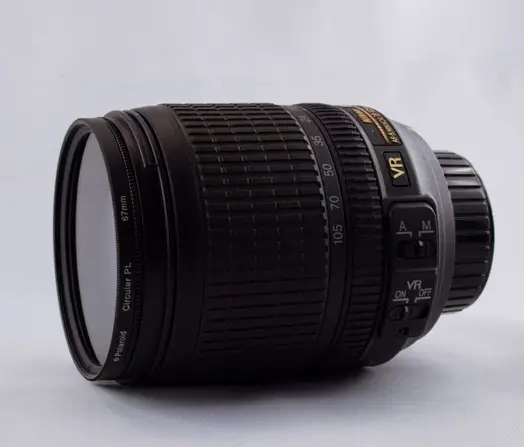
This technological leap allowed for faster shooting times by automating what used to be a painstaking process – adjusting the focal length until achieving the desired clarity. While these advancements simplified capturing clear images for beginners or those photographing rapidly changing scenes, many professionals continued using manual focus due to its precision and flexibility under certain circumstances.
Focusing Evolves With Multi-Point Autofocus
A turning point arrived when manufacturers introduced new lens designs featuring multiple autofocus points instead of just one central point found on older models. These additional group autofocus points provided greater accuracy while photographing complex subjects or compositions where the main elements weren’t centrally located within the frame.
This development not only significantly improved image quality but also opened up creative possibilities previously unattainable through single-point autofocusing systems alone, enabling photographers more freedom without compromising sharpness or detail resolution throughout different areas within each captured image.
Autofocus or Manual: What Do Professional Photographers Use?
The debate between autofocus and manual focus is a common one among professional photographers. Both techniques have their advantages and are used in different situations. Let’s examine the advantages and disadvantages of each technique to gain insight into why professional photographers opt for one over the other.
Autofocus: How It Works
Autofocus relies on sensors within the camera body to analyze contrast patterns and determine the optimal focal point. When you half-press the shutter button, these sensors detect maximum sharpness and instruct the lens motor to adjust accordingly. Autofocus is particularly useful in situations where there is sufficient light and clear texture or contrast.
Manual Focus: Taking Control
Manual focus, on the other hand, allows photographers to take full control over the focus of their images. By physically turning a ring on the lens barrel, photographers can fine-tune the focus until they are satisfied with the sharpness. This method is often preferred in low light conditions or when photographing subjects with little texture or contrast, as it allows for more precise control over the focus.
While autofocus offers convenience and speed, manual focus provides photographers with the ability to make artistic decisions and achieve a desired creative effect. Many professional photographers employ a mixture of the two approaches, contingent on the particular needs of the shoot.
The ultimate determination between autofocus and manual focus is one of personal preference and the particular needs of a photography assignment. Both methods have their merits and can be used effectively by professional photographers to capture stunning images.
When Professionals Use Autofocus
In the constantly shifting medium that cameras offer, professional photographers often rely on autofocus. Sports photography is one such scenario where this tool proves invaluable.
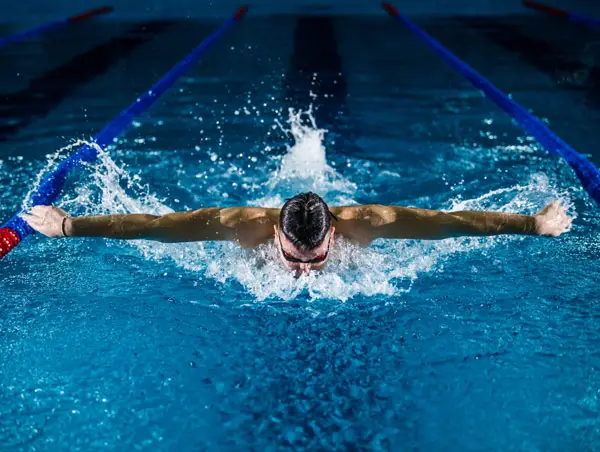
The rapidly changing focal points require a system that adjusts swiftly to maintain image sharpness. The automatically focusing lenses enjoyed today are well-equipped for these tasks.
Mastering Group Autofocus Points
Beyond single-point autofocus, modern camera technology has introduced group autofocus points – an essential feature when shooting moving subjects like animals or vehicles.
Capturing Aerial Landscape Images
Aerial landscape images captured using drones loaded with cameras present another situation where professionals turn towards autofocusing capabilities effectively. When photographing landscapes from above, constant changes in perspective demand quick adjustments which may be difficult manually due to time constraints.
The Quick Thinking That Autofocus Requires
While automation simplifies certain aspects of photography, successfully photographing animals or other unpredictable elements requires more than just relying on tech tools. It demands anticipation paired with swift reflexes as you adjust settings within split seconds. Thus, the intelligent photographic art form isn’t solely about mastering equipment but also understanding how best to utilize them according to the circumstances at hand.
- Anticipate movements: Predict actions based upon behavioral patterns observed prior to shots taken.
- Adjust settings: Modify shutter speed and ISO levels depending on lighting conditions and the scene being photographed.
- Swift reactions: Be ready to react immediately to sudden shifts in composition to capture the perfect shot the moment it happens.
Decoding Auto Mode vs Autofocus
The terms ‘auto mode’ and ‘autofocus’ often confuse those new to photography. While both are designed to simplify the photographic process, they serve different functions.
‘Auto mode’, also known as automatic exposure mode, is a camera setting that adjusts multiple parameters such as shutter speed, aperture size, and ISO sensitivity based on environmental conditions. For novice photographers who don’t have time to adjust settings manually, auto mode can be a useful tool for quickly capturing an image.
In contrast, autofocus solely handles focusing tasks – it automatically adjusts the lens so your subject appears sharp in your frame. However, its effectiveness can vary depending on factors like lighting conditions and object movement.
To better understand these concepts, let’s delve deeper into each one of them starting with auto mode.
Auto mode
When you switch your camera into auto mode, it takes control over all key aspects of taking a picture – from focus point selection through metering light levels, even choosing white balance presets. It’s almost akin to having an experienced photographer inside the device making decisions. But while this might sound convenient, especially for beginners under time pressure situations, remember relying too much could limit creative freedom since every decision made by software, not the user.
Practicing manual settings once comfortable enough with the basics improves technical skills and develops a personal style.
The Role of Autofocus in Modern Cameras
Moving onto autofocus: As mentioned earlier, autofocus deals exclusively with ensuring subjects are sharply focused within images taken using either DSLR or mirrorless cameras equipped with modern lenses capable of autofocusing capabilities, unlike older models that required users to manually adjust their lenses to achieve the desired level of clarity. There are several types available today, including single-shot (AF-S), continuous-servo (AF-C), and hybrid systems offering the best of both worlds depending on the shooting scenario at hand.
How Professionals Use Manual Focus
The art of manual focusing is a skill that seasoned photographers cherish. While autofocus can be beneficial, there are circumstances where the precision and control offered by manual focus outshine its automated counterpart.
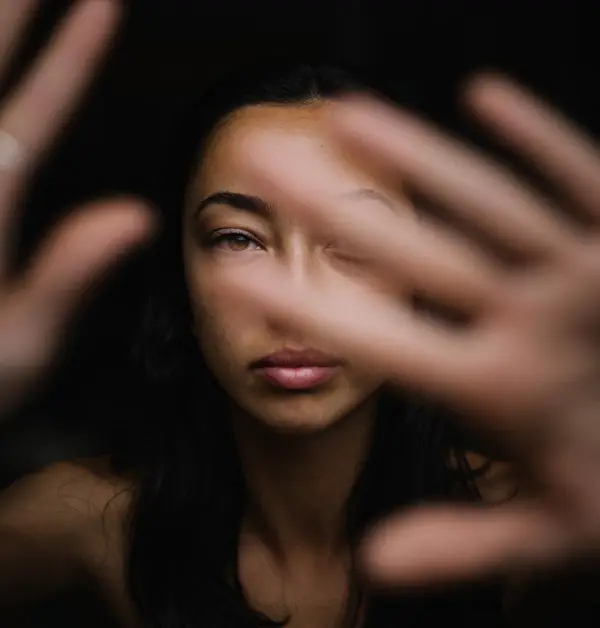
In portrait photography, for instance, professionals often prefer using manual focus. This allows them to accentuate specific facial features or expressions with pinpoint accuracy. It’s not uncommon for these experts to fine-tune their lens until they achieve an ideal blur effect in the backdrop while maintaining sharpness on their subject.
Harnessing Manual Focus for Macro Photography
Macro photography presents another compelling argument in favor of manual focus over autofocus. When capturing images at such close proximity, even minor shifts can drastically alter the focal point.
Tackling the challenges associated with macro shots involves ensuring all details remain crisp and clear without unintentional blurring due to slight movements from either the photographer or the subject matter (like insects). By opting to manually adjust the lens instead of relying on the autofocusing systems and software algorithms offered by cameras today, photographers gain full control over which elements stay within the narrow zone characteristic of this type of photographic art form.
Navigating Through Low Light Conditions & Obstructed Views With Manual Focus
Another scenario in which professionals typically resort to using a combination of auto mode and autofocus involves dealing with challenging lighting conditions or obstructed views, such as shooting through glass windows or wire fences. In such situations, the automatic detection algorithm struggles as it heavily relies on contrast levels between camera sensors and the subjects being photographed.
Finding Balance Between Auto Mode Vs Autofocus
To circumvent this limitation, many experienced photographers switch to manual mode during low-light shoots. They tweak settings based on the ambient light condition rather than relying solely on built-in software programs, thereby offering greater flexibility and creative freedom than what solely depending on auto modes permits.
The Art of Focusing in Action Photography
Action photography is an exhilarating style of shooting that necessitates expertise and technical know-how. The key to capturing stunning action shots lies not only in the photographer’s ability to anticipate movement but also their mastery over focusing techniques.
Autofocus: An Ally for Fast-Moving Subjects
A well-tuned autofocus system can be incredibly useful when dealing with fast-moving subjects like athletes or wildlife. In scenarios where focal points vary rapidly, such as sports photography, shooting moving subjects, or aerial landscape images captured from drones, continuous or tracking autofocus modes are preferred by many professional photographers. These intelligent photographic art forms allow your camera to predict the subject’s next move based on its current speed and direction, keeping them sharp within your frame even amidst constant motion.
Leveraging Manual Focus For Precision Shots
Beyond relying solely on auto-focusing capabilities, many pros turn towards manual focus lens responds under certain circumstances. The pre-focusing technique involves manually setting up the focus point ahead of time, especially during motorsports events or cycling races where it’s predictable exactly where the subject will pass through, like the finish line.
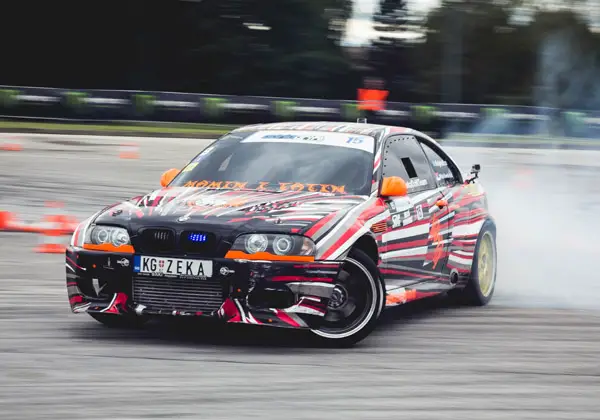
This approach provides greater control over image clarity, ensuring precision shots despite the unpredictability associated with action shoots.
- Determining potential spots beforehand helps save precious seconds during the actual shoot.
- Predictive AF settings might prove beneficial while shooting erratic motion sequences.
Tips to Improve Your Focusing Skills
Whether you’re a skilled photographer or an enthusiast, honing your focusing aptitude is a must-have in your skill set. Here are some techniques that can help enhance your focus abilities.
Dialing In with Diopter Adjustment
The diopter on your camera allows for personalized adjustments to the viewfinder’s clarity based on individual eyesight. If images appear blurry through the viewfinder despite being in focus via the lens, tweaking this setting could rectify it.
To calibrate correctly, switch off autofocus and set the lens onto manual mode. Aim at a bright area until all visible through the viewfinder turns white. Now adjust the diopter until a pure white field appears crystal clear.
Navigating Autofocus Delay
All autofocusing systems have an inherent delay between subject recognition and achieving perfect sharpness. This latency might cause missed opportunities during fast-paced photography like sports events or wildlife shooting. This guide offers further insight into how autofocus works.
You can mitigate these issues by anticipating action and pre-focusing where subjects are likely to move into the frame, using either single-shot AF (for stationary targets) or continuous AF (for moving ones).
The Constantly Shifting Medium Cameras Offer
Photography is an art form that has undergone constant evolution in its medium. The transition from manual focus lenses to the automatically focusing lenses used today has significantly changed not only the technical aspects of photography but also how photographers approach their craft.
Influence on Artistic Expression
A camera is not only a tool for taking images, but also an instrument that facilitates artistic expression. When autofocus was first introduced, many professionals were skeptical, as they believed this new technology would limit their creative control over their work.
However, with time and experience using autofocus in challenging situations such as sports photography or shooting moving subjects where speed and precision are crucial, perspectives have shifted. It is now recognized that technology can enhance creativity instead of hindering it.
Successful Animal Photography – A Mix of Auto & Manual Focus
The realm of animal photography is a fascinating blend of precision, patience, and the unpredictability inherent in nature. To successfully photograph animals, it’s not uncommon for photographers to leverage both autofocus and manual focus techniques to capture their subjects with striking clarity.
In scenarios where your subject exhibits unpredictable movements – think darting squirrels or swooping birds – autofocus becomes an indispensable tool. It allows you to keep pace with these sudden shifts without losing sight (or rather focus) on your subject.
Selecting appropriate autofocus points plays a critical role here; modern cameras offer multiple AF points that allow effective tracking across the frame. By opting for group autofocus points over single ones, you increase chances of maintaining sharp focus amidst rapid movement.
Navigating Autofocus For Dynamic Shots
‘Back-button focusing’ is one such technique often employed by wildlife photographers. This method separates autofocusing from shutter release, thus offering more control over when and where your camera focuses during shooting moving subjects.
In high-action scenes like bird flights or predator chases, back-button focusing coupled with continuous mode can enable capturing clear shots even amid swift motion. The key lies in anticipating motion trajectories while letting technology handle quick fine-tuning adjustments.
Leveraging Manual Focus In Animal Photography
Conversely, manual focus comes into its own under conditions demanding precise focal point control; macro photography involving insects or detailed close-ups on specific features like eyes or fur texture are prime examples. While mastering manual focusing might seem daunting initially, it offers unmatched creative freedom once honed correctly.
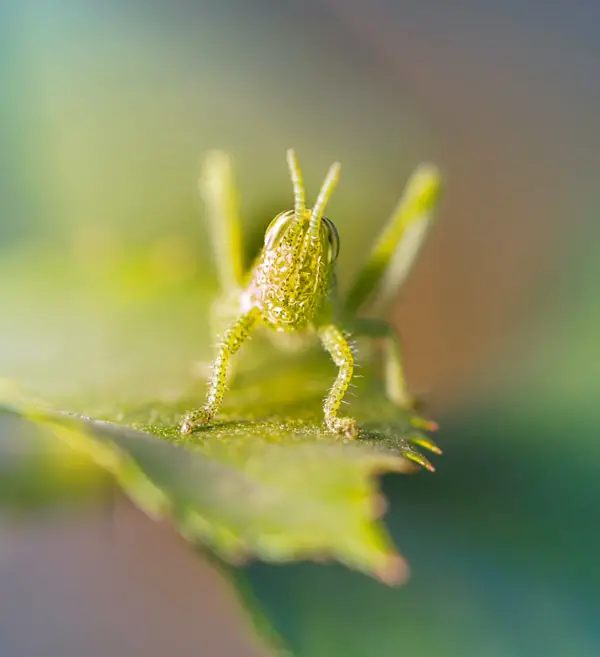
Finding Balance Between Auto And Manual Modes
No singular approach fits all situations within animal photography; at times within a single shoot itself, there could be a need for toggling between auto and manual modes based upon changing circumstances. For instance, if low light conditions exist which confuse auto mode, then shifting towards manually controlling the lens could yield better results. Conversely, when small birds fly rapidly among branches, relying on quickly responding autofocus saves valuable seconds ensuring crisp captures.
Navigating Through Auto & Manual Focus: A Photographer’s Journey
Photography is an artistic pursuit necessitating a combination of technical aptitude and imaginative insight. One of the key aspects where this harmony comes into play is in focusing techniques.
The Strengths of Autofocus: Speed and Convenience
In scenarios requiring swift reactions, autofocus proves to be invaluable. It quickly locks onto moving subjects, allowing for precise capture of fleeting moments such as sports photography or shooting moving animals. However, certain conditions can confuse auto mode, leading to delays in focus speed which may result in missed opportunities or blurred images.
The Precision Master: Manual Focus
- When precision control is paramount – macro photography or portraiture are prime examples – manual focus offers unparalleled command over your image sharpness.
- This level of control does come with its challenges though; mastering manual focus takes practice due to its intricacies compared with automatically focusing lenses enjoyed today.
- A good starting point would be practicing on static objects before progressing towards more complex subjects like people or animals.
Finding The Perfect Balance In Focusing Techniques
Becoming proficient in both modes doesn’t happen overnight; it’s a continuous learning process involving trial-and-error alongside real-world experience. Photographers must understand their gear inside out along with having a clear grasp on various photographic situations requiring a specific kind of focusing.
To navigate through this journey successfully, embrace mistakes as part of the learning curve, experiment freely without fear, learn from fellow photographers, and most importantly, stay curious. Remember that every master was once a beginner; so keep clicking until you find your perfect balance between automation and personalization within the world of camera focusing.
FAQs
Do professional photographers only use manual mode?
No, professional photographers utilize both manual and automatic modes depending on the shooting conditions and subject matter.
Is autofocus or manual focus better?
Neither is universally superior. Autofocus excels in fast-paced scenarios, while manual focus offers precision control, making each ideal for different situations.
Do professional photographers shoot in autofocus?
Absolutely. Photographers often employ autofocus when dealing with rapidly changing scenes or moving subjects to ensure sharp images.
Do professional photographers use auto mode?
Yes, professionals do use automatic settings when it suits their needs, but they also skillfully harness the power of manual controls for creative expression.
Conclusion
Professional photographers use both autofocus and manual focus, each having its unique place in the world of photography. The evolution of focusing techniques has brought about a blend of technology and human touch that creates compelling images.
Autofocus is often preferred for fast-paced scenarios like sports or wildlife photography, where subjects are constantly moving. In contrast, manual focus shines in situations requiring precision such as portraiture or macro photography.
A successful photographer knows when to switch between these two modes based on their subject matter and environment. This journey through the realm of focusing isn’t just about equipment; it’s an art form requiring skillful navigation. Click the following link to learn whether you should use the AI in your camera.








